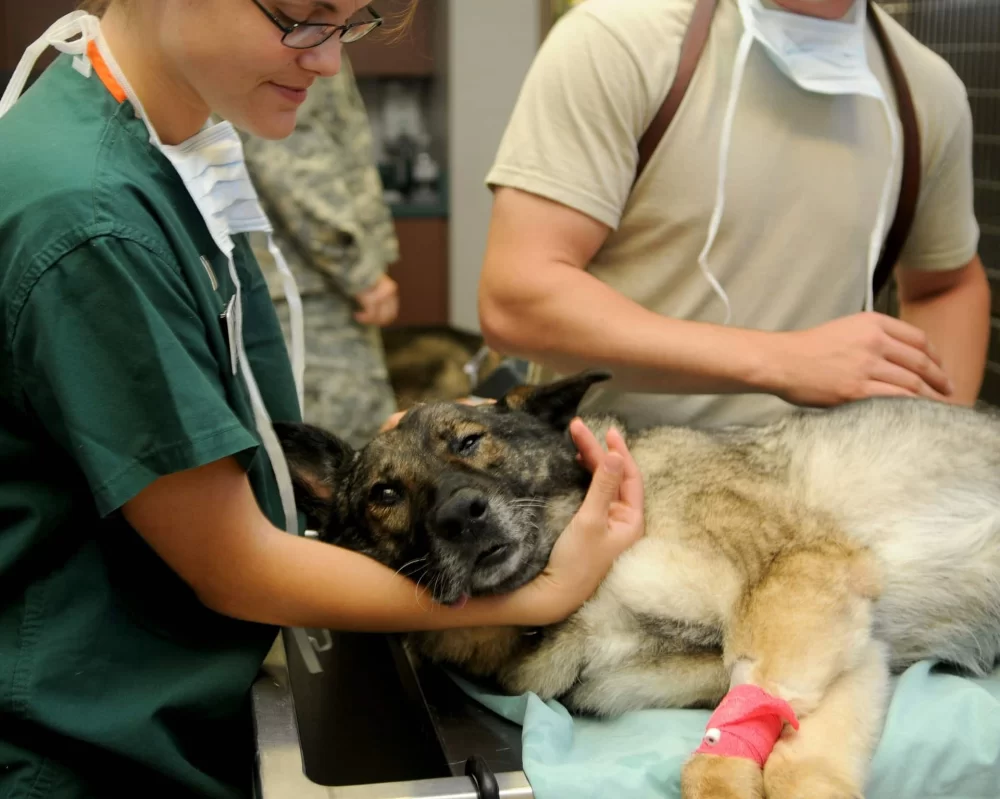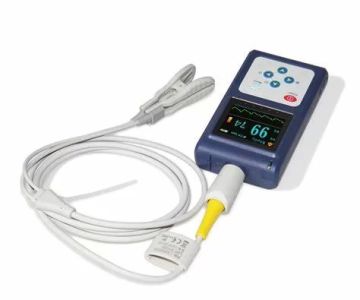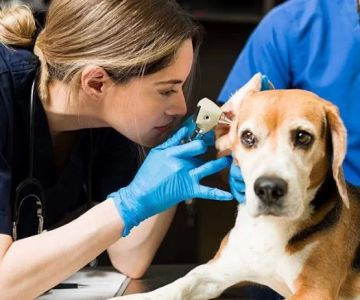- 1-understanding-veterinary-assistant-certification
- 2-education-and-training-requirements
- 3-certification-process-and-exam-details
- 4-benefits-of-being-certified
- 5-real-life-success-stories
- 6-choosing-the-right-training-program
- 7-next-steps-and-purchasing-resources
1. Understanding Veterinary Assistant Certification
Veterinary assistant certification serves as a formal recognition of skills and knowledge essential for supporting veterinarians in clinical and administrative duties. While not always mandatory, certification boosts credibility and enhances job prospects in a competitive field.
Getting certified demonstrates a commitment to animal care excellence and professionalism, which employers highly value. This credential often covers foundational topics like animal anatomy, medical terminology, handling techniques, and safety protocols.
2. Education and Training Requirements
Most certification programs require candidates to complete a structured training curriculum, which may be offered online or at vocational schools. Programs typically span several months and combine theoretical lessons with practical experience.
Hands-on training includes tasks such as assisting with exams, administering medications, and maintaining medical records. Completing a certain number of supervised clinical hours is often necessary before sitting for the certification exam.
3. Certification Process and Exam Details
The certification process usually culminates in a standardized exam testing knowledge and practical skills. The exam covers a broad range of topics, including animal care basics, ethics, and clinic procedures.
Preparation resources like study guides and practice tests are widely available and highly recommended. Passing the exam awards the candidate the title of Certified Veterinary Assistant (CVA) or equivalent, depending on the certifying organization.
4. Benefits of Being Certified
Certification opens doors to better job opportunities, higher salaries, and increased professional respect. Certified veterinary assistants often enjoy more responsibilities and career advancement paths, such as becoming veterinary technicians.
Additionally, many employers prefer or require certification to ensure staff meet industry standards and provide quality animal care.
5. Real-Life Success Stories
Take the example of Emily, who earned her veterinary assistant certification through an accredited online program. After certification, she secured a position at a busy animal hospital, where her credentials and skills led to rapid promotions.
Stories like Emily’s show how certification can transform careers and inspire confidence in both employers and clients.
6. Choosing the Right Training Program
Selecting a quality veterinary assistant training program is essential. Look for programs accredited by reputable organizations, offering comprehensive curricula and flexible schedules. Programs that include clinical externships provide invaluable real-world experience.
Comparing costs, duration, and certification support helps ensure you pick a program aligned with your career goals and lifestyle.
7. Next Steps and Purchasing Resources
Once ready, register for the certification exam and gather study materials. Investing in official study guides or online courses can boost your preparation efficiency.
For those looking to purchase high-quality veterinary assistant training materials and certification resources, visit Scent Snob. Their curated offerings provide reliable, expert-backed products to help you succeed in earning veterinary assistant certification and advancing your career.












